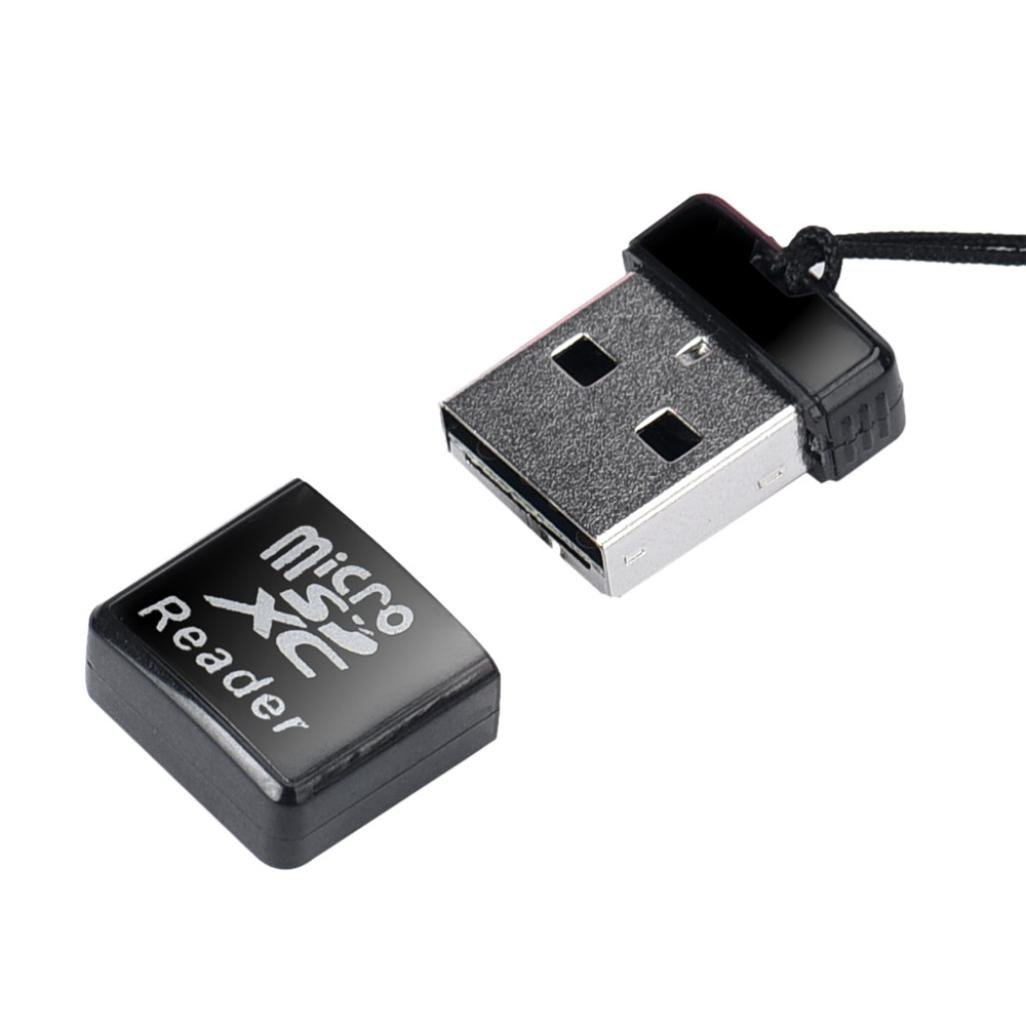This deserves some additional thought. The Win2 doesn't have a "full sized" M.2 SATA3 port. It is an M.2 2242. Those numbers are important. They translate to 22mm wide and 42mm long. That particular form factor of M.2 is very rare and can be difficult to find. The highest capacity I have seen in one is 256GB. Also, these are RAW boards - no casing. They are NOT designed to be handled or repeatedly swapped. Yes, the M.2 bus is faster than SDXC. Yes, high end brand name M.2 2280 cards are wicked fast - but note that those are 22 mm wide and 80 mm long cards that won't fit in the GPD2. I have no idea how the odd brand named M.2 2242 cards will perform. A 128GB M.2 2242 drive can be had for $70.
SDXC cards are generally waterpoof, designed for handling and can be purchased pretty much anywhere. Quality has gone up considerably over the last 5 years. They are pretty darn fast - though admittedly not in the same league as high end M.2 drives. However, their data density is far superior. SDXC cards in the 512GB spec have been available for quite a while now. Which, if storage is your objective, swap capable SDXC means that you could store a couple of terabytes in a card holder the size and thickness of a stack of 4 credit cards. 1TB SDXC media was announced nearly 2 years ago and a prototype shown, but doesn't exist for purchase still. A fast 128GB SDXC card can be had for $44.
Totaling up the on-device no-chords or big dongles pocketable storage of the three upcoming clamshell devices:
GPD2
256GB M.2 2242
400GB microSDXC
400GB microSDXC in a tiny usb-microSDXC adapter
Total: 1.056TB
Pyra
32GB eMMC
400GB microSDXC
400GB microSDXC in a tiny usb-microSDXC adapter
400GB microSDXC in a tiny usb-microSDXC adapter
512GB left SDXC
512GB right SDXC
Total: 2.256TB
Gemini
64GB eMMC
400GB microSDXC
Total: 0.464TB
We're seeing the mobile clamshell device market getting fragmented into ever smaller niches. The Win2 threw the whole idea of passive cooling out the window for the purpose of speed-at-all-costs to be a Windows gamer's dream. The Planet Computers Gemini is pushing into the pocketable keyboard professionals always-on always-connected niche. Both of them carve a bit out of what was the Pyra's niche. Hopefully more devices leads to broader interest which leads to bigger audience for all of them. A handheld computing revival?
[doublepost=1513357508,1513356919][/doublepost]
Mmm... sorry, have to call a bit of BS on that. Please prove me wrong.
1. Define good M.2 2242. I haven't been able to find many in that form factor of from quality brands.
2. Find some actual benchmarks of M.2 2242 SSD cards at SATA3 speeds.
3. Fastest UHS-I SDR104 media actually does run upwards of 92MB/s sequential reads. You'll need that number to divide into whatever the actual M.2 2242 SATA3 speeds are.
4. Show me ANY M.2 2242 drive in 512GB capacity (largest SDXC card). Now show me one in 1TB - which is what the Pyra has with 2 SDXC slots.


